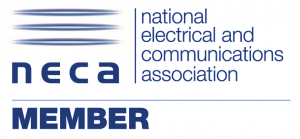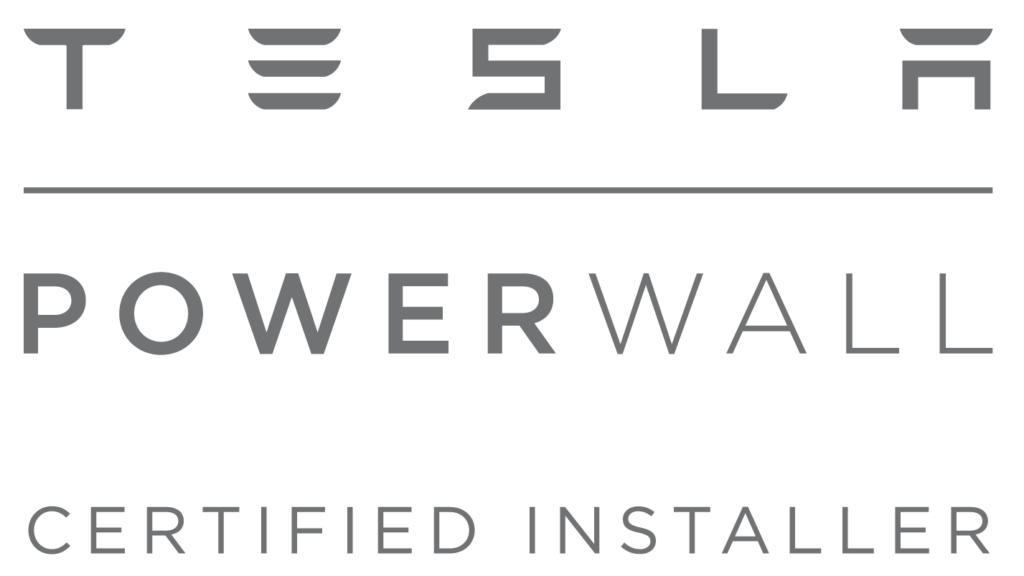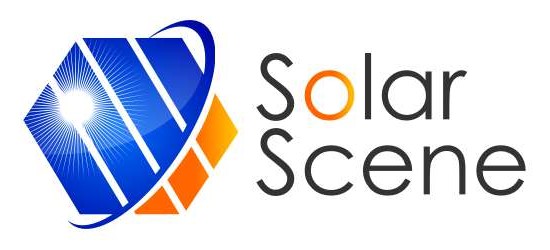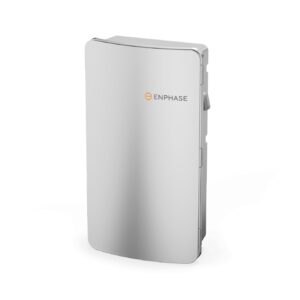Experts in Home Battery Storage
Serving Sydney’s North Shore, where we live, connect, and support our community. Our local clients are our friends, neighbors, and long-standing partners in energy independence.
Ready to store your solar power for when the sun isn’t shining? We offer customized battery systems to match your home’s unique energy needs. Empower your home with the energy you generate.
Industry Leaders
10 years industry expertise
Years of Experience
Happy Customers
Projects Completed
Awards Milestones
Our Services

Residential
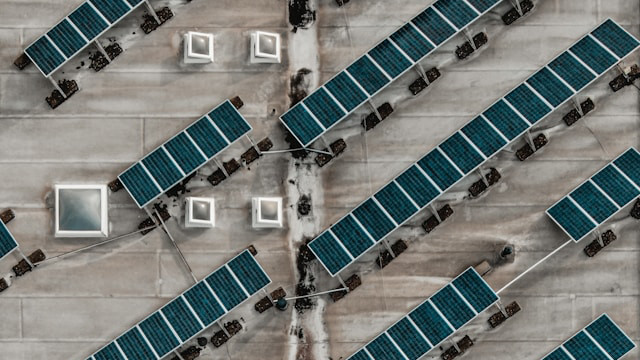
Commercial

Installation on/off Grid
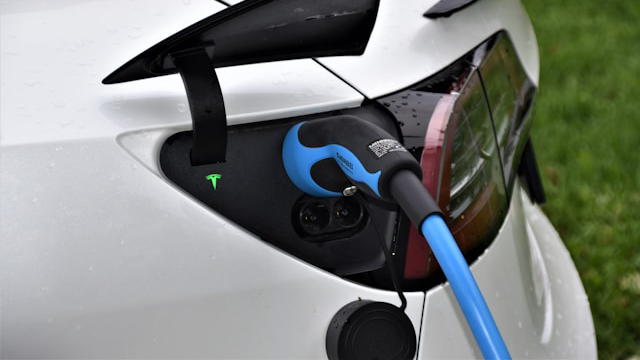
EV Chargers

Inspection
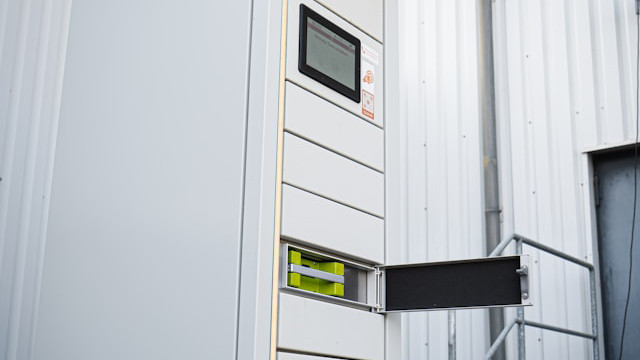
Battery Storage Systems
Whar Our Clients Say
Testimonials
Frequently Asked Questions
Home energy systems are a long term investment that allow you to have stored energy in the event of a power outage and allow you largely not rely on the grid for electricity. You are maximising your homes self-sufficiency with the ability to store your excess generated solar power during the day for use when the sun is not shining.
DC – Direct current – the solar panels produce direct current as a result of the sun shining on the solar panels and creating the flow of electrons, creating current. As these electrons flow in the same direction, the current is direct.
AC – Alternating current – the standard electricity that comes out of power outlets.
PV – Photovoltaic – the conversion of light into electricity using semiconducting materials.
PV Inverter – An electrical converter that converts the DC output of the PV solar panel into AC that can be fed into the grid, or in this case, the storage battery.
AC coupled – an AC coupled battery uses a common solar inverter coupled to a battery inverter/charger to manage the battery storage unit. The DC power from the PV array is first converted to AC by the PV inverter and then used to power the AC load panel.
IP rating – Ingress Protection rating. This is the degree of protection provided by an enclosure. It is usually written as ‘IP’ then followed by 2 numbers. The first number of 1 to 6 represents the degree of ‘protection against solid objects’ and ‘protection of persons against access to hazardous parts’. 0 being no protection and 6 meaning totally protected against dust. The second number, from 1 to 8 designates a degree of ‘protection against entry of water with harmful effects’. 1 being protected from vertically dripping water and 8 meaning protecting from continuous immersion.
kWh – a kilowatt hour is a measure of how much energy you’re using per hour.
Standard or String Inverters – Takes the DC power produced by the solar panels and converts it to AC power in order to run appliances and export back to the grid if in excess.
Battery Inverter – When using battery storage, DC power is sent straight to the battery for storage. The battery inverter is then able to access energy from the battery at night, when the solar panels aren’t generating power, and convert it to usable AC power.
Hybrid Inverter – This is a hybrid of the two above batteries. It does everything a standard string inverter does as well as having the capabilities of a battery inverter.
Choosing an inverter depends on what inverter you already have on your existing solar system and how old it is. This is something we can talk about with you.
A few factors to consider; Usual home energy consumption – this will determine the amount of storage that is desirable, you want to be generating enough energy to fully charge the battery, in order to get the full benefit. Aesthetics – which battery do you like the ‘look’ of. Budget – we offer a range of batteries that meet different budgets.
How long does the installation process usually take?
The battery takes no longer than a day to install and will start working immediately.
Most batteries come with a 10 year warranty.
When you say off peak, what do you mean and what are those hours?
Off peak are the hours where the homes and business’ are using less electricity and therefore charged by the energy companies at a discounted price. When you have your own storage system and are relying less on the grid, this allows the battery to maintain more stored power. These hours in NSW are roughly 10pm-7am
The Battery needs to comply with the CEC guidelines. These vary for different sized batteries and properties. One particular rule is that you need a clearance of 1m in front of the battery, 600mm on either side and 900mm above.
If something goes wrong with my battery, who do I call?
Initially, after installation, call Solar Scene where we can trouble shoot and make sure its not an installation issue. We can then activate the warranty if needed.
An average Australian family home uses 19kwh per day. This can increase to roughly 50kWh when the home has air conditioning and a pool. When buying new appliances for the home, it is important to assess the energy consumption, old fridges have a tendency to use a lot of energy and add greatly to your electricity bill.
It is not necessary. Though, as you already have the hardware and know how the system operates, this could be an advantage for you.
Our Accreditations


